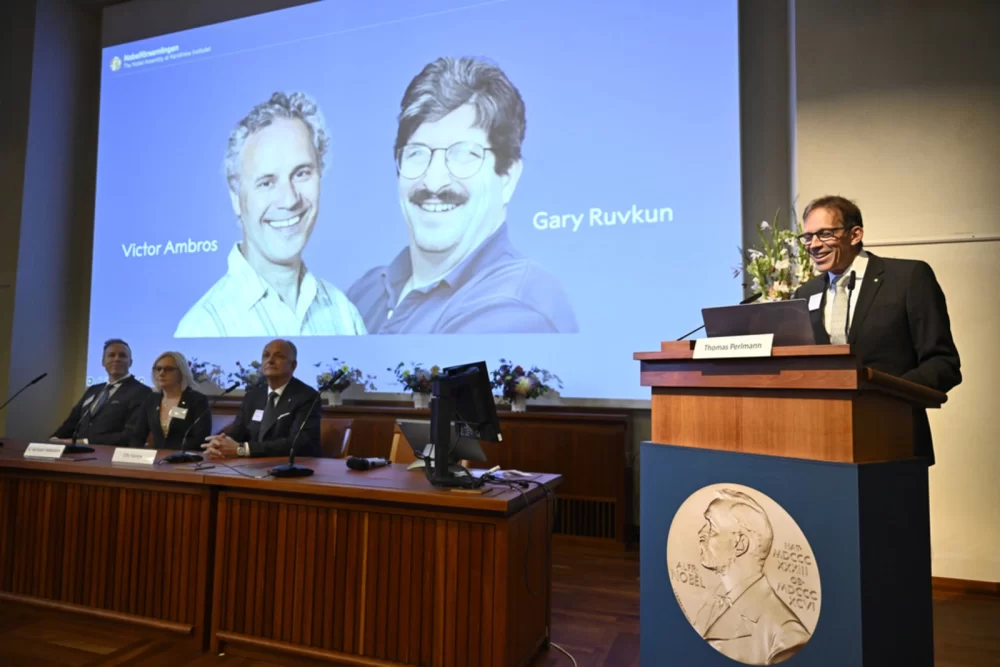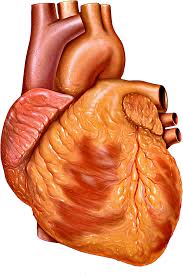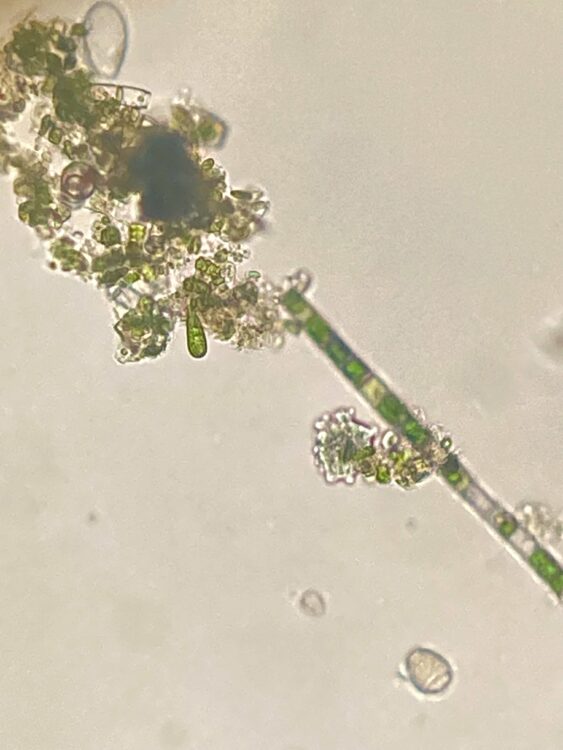From protein to pathology: Investigating multiple system atrophy
Neurodegenerative diseases are characterized by rapid escalation of cell loss, a consequence of progressive decay of structure and function of neurons. Multiple system atrophy (MSA) is a rare neurodegenerative condition in which central nervous system function is degraded. Atrophy refers to the death of neuronal cells which can have dramatic effects on an individual’s function. […]
From protein to pathology: Investigating multiple system atrophy Read More »








